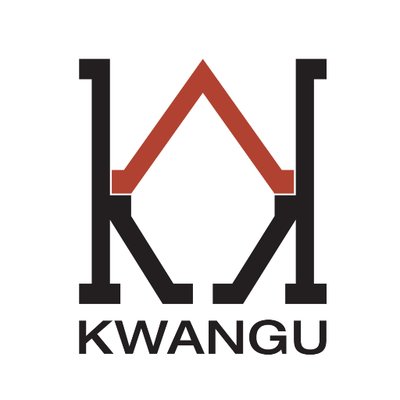The Kibera Project
Kibera is the largest slum in Africa and is estimated to be the third largest in the world. Kibera is on the south edge of Kenya’s capital Nairobi and has approximately 250,000 people living in an area that is 1.5 square miles. The average shack size is 12ft x 12ft and is built with mud and sticks with a corrugated metal roof with either a dirt or concrete floor. These shacks are built one connected to another in a winding maze of alleyways that is hard to comprehend. The average shack houses 8 or more people. With the type of construction used for the shacks and their proximity fires occur almost daily and it is estimated that there are 10,000 shack fires each year.
The Kenyan government owns all of the land that Kibera is located on which means that the people who are stuck in Kibera have very little property rights because their homes (shacks) are considered illegal dwellings.
- Kibera is the largest slum in Africa and is estimated to be the third largest in the world.
- Kibera has approximately 250,000 people living in an area that is 1.5 square miles
About 1 in 5 of the shacks and businesses in Kibera have electricity. Due to the high cost of electricity and installing the service lines, electricity is out of reach for the majority of the populace. Until recently there was no water services in all of Kibera and clean water had to be collected from the Nairobi dam which could often cause cholera and typhoid. Two water mains have been installed and residence can buy clean water if they can afford it. The sewage situation in Kibera is abysmal. There is no modern (piped) sewer system and several shacks will share one latrine (think out house) and once it is full has to be manually cleaned and the contents dumped in the river. There are no government run medical clinics in the slum and charitable organizations and churches have been left to help care for the medical needs of the population. Over the years they have filled this need in the community and are working to educate the people of Kibera to increase health and decrease infection rates of HIV and other diseases. Much work needs to be done though. The HIV infection rate is still very high which is a big factor in the orphan population in Kibera.
- The sewage situation in Kibera is abysmal. There is no modern (piped) sewer system.
- There are no government run medical clinics in the slum.
People move to Kibera to live close to Nairobi with its booming economy and job opportunities. However, with the over abundance of people looking for work, the unemployment rate of Kibera is 50%. The people of Kibera are an industrious group that is surprisingly entrepreneurial and is working with what they have while trying to cope with the hardships of their situation. The things that we take for granted living in a developed country (running water, electricity, internet, education, affordable transportation and housing) are the things that if brought to Kibera in the most basic form can have a disproportionate impact on the people of Kibera.
- The average shack is 12ft x 12ft and houses 8 or more people.
- About 1 in 5 of the shacks and businesses in Kibera have electricity.
Kibera Concrete’s Part
We currently donate 5% of our profits to The Lunchbowl Network and projects built by Kwangu. Our goal is to donate over 10% of our profits as Kibera Concrete grows in revenue. If reading this article and hopefully watching the videos above has moved you please take some time and donate to The Lunchbowl Network https://www.lunchbowl.org/donate.html or email Luke Yinger at [email protected] to learn more about building a house for a needy family through Kwangu.
Also, we do fantastic concrete work and hiring Kibera Concrete is one more way to support a local Oklahoman business and those in need.


The Full Facts
- Kibera is the largest slum in Africa and is estimated to be the third largest in the world.
- Kibera has approximately 250,000 people living in an area that is 1.5 square miles
- The average shack is 12ft x 12ft and houses 8 or more people.
- About 1 in 5 of the shacks and businesses in Kibera have electricity.
- The sewage situation in Kibera is abysmal. There is no modern (piped) sewer system.
- There are no government run medical clinics in the slum.
